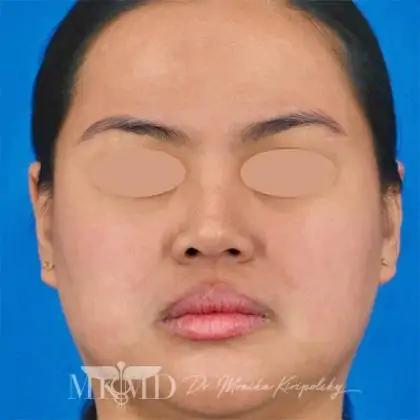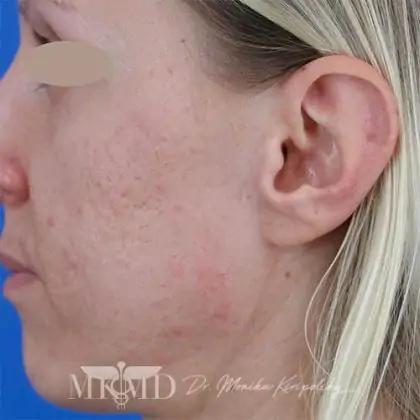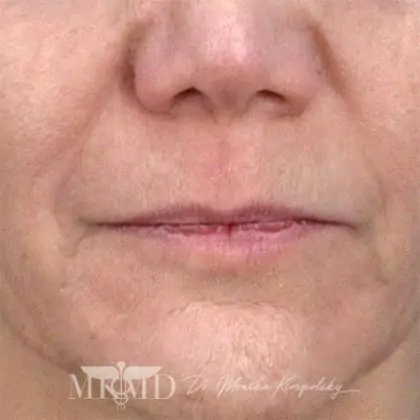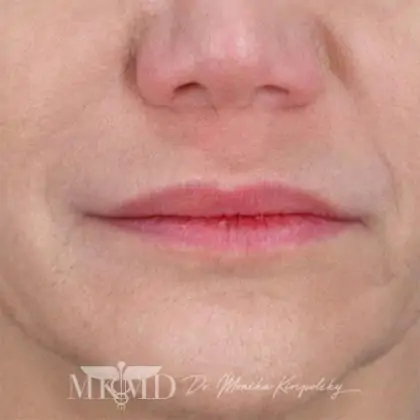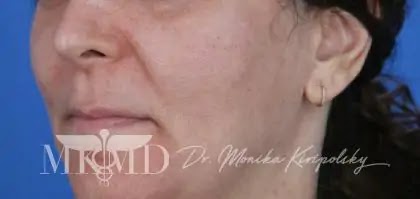From online blog posts to Tiktokers starting new skincare trends, it’s hard to discern fact from fiction. Well, I’m here to help! Let’s answer a few of my most frequently asked questions from my lovely patients.
1. How do you treat the sagging skin under my chin or jawline?
The term we use to refer to this is called “jowls.” I like to use injectable fillers, specifically those formulated to volumize and lift the skin to create a sharper and more contoured jawline. Thread lifts are also a great option and are one that is becoming increasingly popular too! Thread lifts are a non-surgical procedure that stimulates collagen production and “redrapes” sagging skin in areas like the jawline. Another benefit is that these threads are “semi-permanent” which decreases the associated risks seen with traditional thread lifts in the past.
2. How do you treat the lines in between my forehead?
Fun fact, these lines are called the “elevens” because they look like the number 11. I recommend Botox, which is a neuromodulator, meaning it works by blocking signals from the nerves to muscles. This weakens the muscles so they don’t contract, temporarily reducing the appearance of wrinkles. Botox is also effective at treating crow’s feet (lines that extend outward from your eye), bunny lines (lines on the sides of the nose) and forehead lines.
3. What are your thoughts on Accutane?
There is a lot of misinformation about Accutane because of people with no medical training that scare them about it. However, I personally think it’s an incredible medication that is especially effective at treating the red, swollen types of acne and preventing permanent scarring. I’ve treated hundreds of people taking Accutane and the results can be amazing. Many of my patients said it gave them their self-confidence back and was pretty life-changing!
4. Is Melasma curable?
Unfortunately, melasma is a chronic condition due to an overproduction of pigment (“melanin”) by the cells and there is no “cure” for it. However, there are several treatment options that can keep it under control! I put all of my patients on a topical at-home regimen that is customized to their skin type and condition. The regimen includes bleaching agents that will lighten the areas of dark skin and topicals that will minimize oil (“sebum”) production by your skin, which can cause inflammation and lead to hyperpigmentation. Sunscreen with physical blockers, like titanium dioxide and zinc oxide, is also an essential part of treating melasma since even the slightest exposure to UV light can make the areas darker. The PiQo laser is another great treatment option. It uses ultra-short (nanosecond and picosecond) pulses that break apart ink particles with high pressure, correcting the areas of hyperpigmentation. Ultimately, it’s important to treat melasma from all the different ways that it’s being caused, so a combination is the best!


